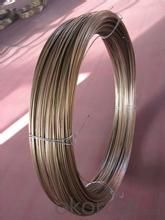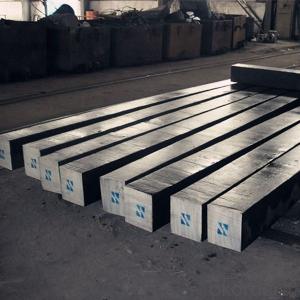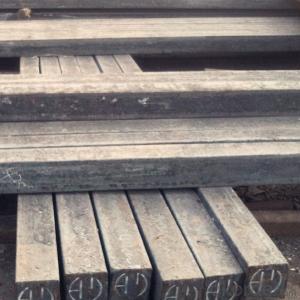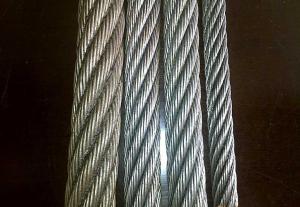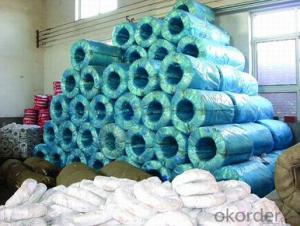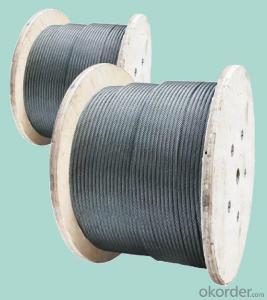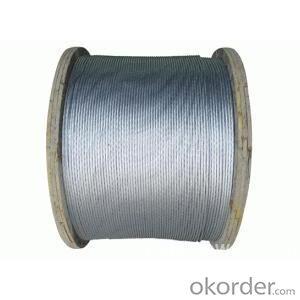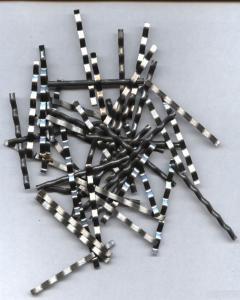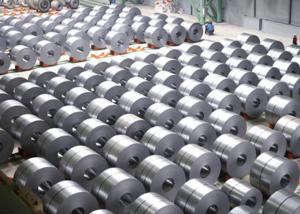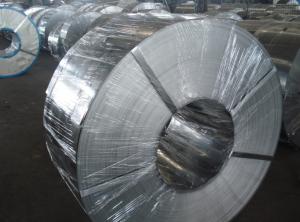Galvanized Steel Wire Rope For Sreel-Cored Twisting
- Loading Port:
- China Main Port
- Payment Terms:
- TT OR LC
- Min Order Qty:
- -
- Supply Capability:
- -
OKorder Service Pledge
Quality Product, Order Online Tracking, Timely Delivery
OKorder Financial Service
Credit Rating, Credit Services, Credit Purchasing
You Might Also Like
- Q: How are steel products used in the manufacturing of household appliances?
- Steel products are used in the manufacturing of household appliances due to their durability, strength, and heat resistance. Steel is commonly used for the frames, bodies, and internal components of appliances like refrigerators, ovens, and dishwashers. It provides stability and support, ensuring the longevity of the appliances. Additionally, steel's resistance to corrosion and high temperatures makes it suitable for various parts that come into direct contact with heat or water, such as heating elements, stove burners, and tubs in washing machines.
- Q: How are steel coils used in manufacturing processes?
- Steel coils are used in manufacturing processes as a primary material for various applications such as construction, automotive, appliances, and machinery. These coils are typically unwound and processed through different machines to be shaped, cut, and formed into the desired products. The versatility and strength of steel coils make them an essential component in many manufacturing industries.
- Q: How are steel products used in the construction of theme-based resorts and hotels?
- Steel products are used in the construction of theme-based resorts and hotels in various ways. They are commonly used for structural components such as beams, columns, and frames, providing strength and stability to the buildings. Steel is also used for roofing systems, walls, and partitions, offering durability and protection against harsh weather conditions. Additionally, steel is utilized in the fabrication of decorative elements, such as railings, staircases, and facades, adding aesthetic appeal to the overall design of the resort or hotel. Overall, steel products play a crucial role in ensuring the safety, longevity, and visual appeal of theme-based resorts and hotels.
- Q: What are the different types of steel fasteners and their uses in the aerospace industry?
- There are several types of steel fasteners used in the aerospace industry, including bolts, screws, nuts, and rivets. Bolts are commonly used to join two or more components together and provide strong and durable connections. Screws are used for securing smaller parts and are available in various sizes and thread types. Nuts are used in conjunction with bolts to create secure connections, and they come in different shapes and sizes. Rivets, on the other hand, are permanent fasteners used to hold two or more pieces of material together by creating a mechanical joint. These fasteners play a critical role in maintaining the structural integrity and safety of aircraft components in the aerospace industry.
- Q: What are the different types of steel reinforcing bars?
- There are various types of steel reinforcing bars, commonly known as rebar, used in construction. These include carbon steel rebars, epoxy-coated rebars, stainless steel rebars, and galvanized rebars. Each type possesses unique characteristics and is selected based on the specific requirements of the construction project.
- Q: How do steel products contribute to the retail and commercial sector?
- Steel products contribute to the retail and commercial sector by providing durable and versatile materials for construction, manufacturing, and display purposes. From steel shelving units and storage racks to shop fittings and display stands, these products offer strength, stability, and longevity, ensuring the efficient organization and presentation of merchandise in retail stores. Additionally, steel is commonly used in commercial buildings, such as malls and office complexes, for its structural integrity, fire resistance, and aesthetic appeal. Overall, steel products are essential in enhancing the functionality, safety, and visual appeal of retail and commercial spaces.
- Q: What are the properties of weather-resistant steel?
- Weather-resistant steel, also known as corten steel, possesses unique properties that make it highly resistant to corrosion from the effects of weather and atmospheric conditions. These properties include a high tensile strength, which allows the steel to withstand extreme weather conditions without losing its structural integrity. Additionally, weather-resistant steel forms a protective oxide layer on its surface when exposed to the atmosphere, preventing further corrosion and reducing the need for maintenance. Its durability, resistance to atmospheric corrosion, and aesthetic appeal make weather-resistant steel a popular choice for outdoor structures such as bridges, buildings, and sculptures.
- Q: What are the different types of steel pipes and their uses?
- There are several types of steel pipes, including carbon steel pipes, stainless steel pipes, alloy steel pipes, and galvanized steel pipes. Carbon steel pipes are commonly used in industries such as oil and gas, construction, and plumbing due to their strength and affordability. Stainless steel pipes are corrosion-resistant and widely used in industries like food processing, pharmaceuticals, and chemical engineering. Alloy steel pipes are designed to withstand high temperatures and pressures, making them suitable for applications in power plants and refineries. Galvanized steel pipes are coated with a layer of zinc to prevent rusting, making them ideal for outdoor and plumbing applications.
- Q: What are the common types of steel products used in the cosmetics and beauty industry?
- The common types of steel products used in the cosmetics and beauty industry include stainless steel tweezers, scissors, makeup brushes, nail clippers, and eyelash curlers.
- Q: How is steel tubing used in the manufacturing of heat exchangers?
- Steel tubing is commonly used in the manufacturing of heat exchangers due to its excellent heat conductivity, durability, and corrosion resistance. The tubing is often formed into intricate coil or finned shapes, allowing for maximum surface area contact with the heat transfer fluid. This facilitates efficient heat transfer between the hot and cold fluids, enabling effective temperature regulation in various industrial processes such as power generation, HVAC systems, and chemical manufacturing.
Send your message to us
Galvanized Steel Wire Rope For Sreel-Cored Twisting
- Loading Port:
- China Main Port
- Payment Terms:
- TT OR LC
- Min Order Qty:
- -
- Supply Capability:
- -
OKorder Service Pledge
Quality Product, Order Online Tracking, Timely Delivery
OKorder Financial Service
Credit Rating, Credit Services, Credit Purchasing
Similar products
Hot products
Hot Searches
Related keywords

